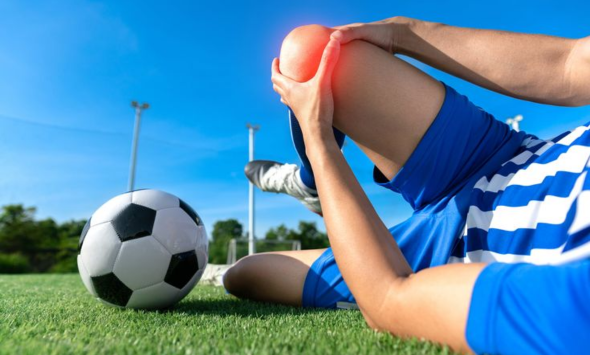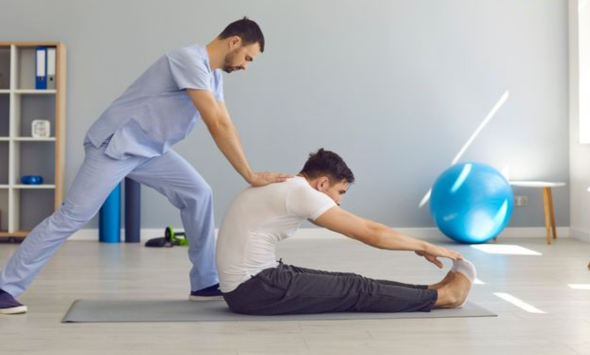Recovering from a Sports Injury: A Step-by-Step Guide

Struggling with a Sports Injury? Here’s How to Heal Faster
Sports injuries can be frustrating, especially when they disrupt your training and daily activities. Whether it’s a sprain, strain, or ligament tear, proper recovery is key to getting back in action safely. So, what do you need to do to heal well? Let’s break it down.
Step-by-Step Guide to Recovery
1. Rest & Protect the Injured Area
Give your body time to heal. Avoid putting stress on the injured joint or muscle and use braces or supports if needed.
2. Use Ice to Reduce Swelling
Applying ice for 15-20 minutes every few hours in the first 48 hours helps reduce swelling and pain. Make sure to wrap the ice pack in a cloth to avoid direct contact with the skin.
3. Elevate & Compress
Elevating the injured limb above heart level and using a compression bandage can help control swelling and speed up healing.
4. Start Gentle Movements
Once the initial pain subsides, gentle stretching and mobility exercises help prevent stiffness and improve circulation. However, avoid pushing through pain.
5. Strengthen with Rehabilitation
Physical therapy or guided exercises help restore strength and flexibility. Strengthening surrounding muscles can also prevent future injuries.
6. Maintain a Balanced Diet
Eating foods rich in protein, vitamins, and minerals promotes tissue repair. Stay hydrated and avoid inflammatory foods that could slow healing.
7. Return to Activity Gradually
Jumping back into intense workouts too soon can lead to re-injury. Follow your doctor’s or physiotherapist’s advice on when to resume full activity.
How Long Does Recovery Take?
Recovery is based on the extent of the injury. Minor sprains may heal within a few weeks, while serious ligament tears may take months. Patience and proper rehabilitation are the keys to preventing setbacks.
When to See a Doctor?
Consult a specialist if you experience:
- Severe pain or swelling that doesn’t improve
- Difficulty moving the joint or bearing weight
- Instability or recurring injuries
- Numbness or tingling around the injury

Expert Sports Injury Care with Dr. Rahul Khanna
For expert guidance and treatment, consult Dr. Rahul Khanna, a specialist in orthopedic care and sports injury recovery. Get back to peak performance with the right treatment plan.
Emergency?
24 Hour Ready
Call Us for Emergency
+91-9828501360
Book an Appointment
Seamless Fitness Care Access: Booking an Appointment with Your
Trusted Doctor
FAQ's
It depends on the injury, but gentle movements often start within a few days to prevent stiffness. A doctor can guide you on the right timeline.
It’s best to rest the injured area. Low-impact exercises, like swimming or cycling, may be safe if approved by your doctor.
Ice helps reduce swelling in the initial phase, while heat can be beneficial for muscle relaxation after the swelling subsides.
Protein-rich foods, leafy greens, citrus fruits, and omega-3-rich foods aid in tissue repair and reduce inflammation.
Without proper treatment and rehabilitation, some injuries can cause chronic pain or lead to conditions like arthritis over time.